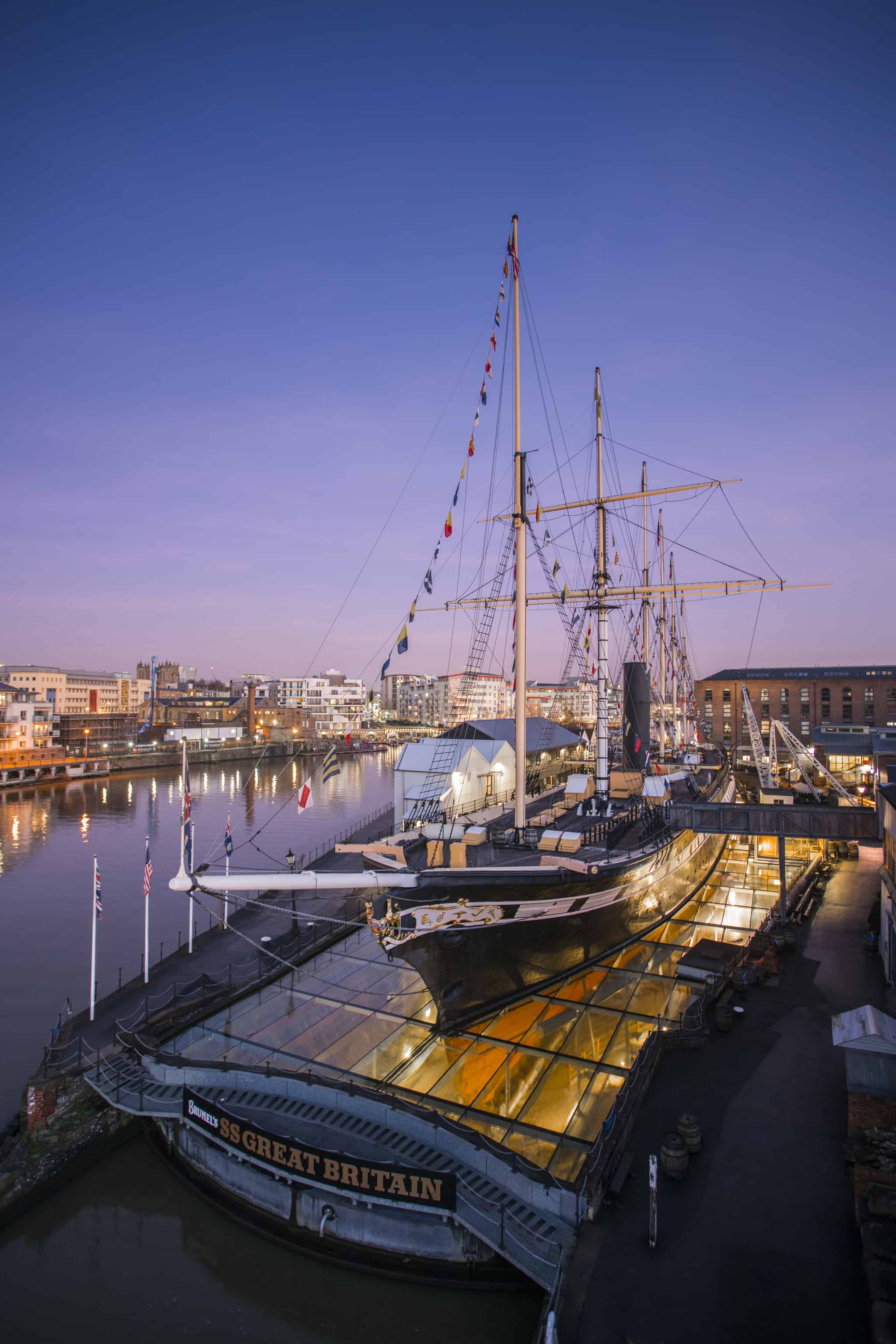Brunel and John Scott Russell had worked together before, with success, and Scott Russell was an obvious choice to partner Brunel in this latest and most challenging venture. However, it’s well known that their relationship deteriorated markedly as the project progressed. Many of the letters from Brunel to Russell in the early part of 1855 express Brunel’s impatience at how slowly the build is proceeding, his exasperation at the inadequacy of some of the work, his frustration at not receiving drawings that he has requested time and time again, and his increasing anxiety at the passing of time approaching launch. There is much use of underline – always an indicator of exasperation.
Right at the start of the book, we see the two men communicating about a recent meeting. Brunel writes: ‘My dear Sir, I have been laid up with cold and rheumatism ever since I saw you.’ (Translation: you make me ill…) Scott Russell replies a few days later: ‘My dear Sir, I have been confined with a severe attack of Bronchitis ever since I saw you.’ (Translation: you make me even more ill!)
In May, Brunel is writing yet again to Scott Russell to point out the many things that still required attention, work that should have been done but hadn’t, and so on. Scott Russell replies point by point, in a letter that sounds as though it should have satisfied Brunel. Not at all. Brunel responds: ‘Your reply of this morning to my long list of complaints is an admirable specimen of an under-Secretary’s reply in the House to a Members motion – it does not satisfy one single honest craving for information and for reassurance of remedy.’ His burgeoning despair is palpable.
In June we find rather a sweet note from Scott Russell to Brunel, who is about to visit the yard to catch up on progress after an absence. Scott Russell warns him that Mr Ferguson, the mast maker, is somewhat prone to resistance to new ideas (such as Brunel’s), always preferring the old, tried and trusted methods. Scott Russell has therefore persuaded Ferguson to work out two sets of plans and says: ‘I only want you not to be angry with him!’ We see a hint here of the perfectionism that marked Brunel’s work and the sometimes-awkward relationships to which it led.
The most interesting aspect of the book so far is not something that it contains (not even the occasional exciting drawing of rivets!) – rather, it’s an absence of content. The entries are pretty much daily, sometimes several a day, until 27 April and then nothing until 8 May. Why the gap? The answer is that Scott Russell’s shipyard suffered a devastating fire. Not the first fire, either: there had been one two years earlier. Luckily, the Great Eastern was not affected, but the damage to the yard was considerable. We can imagine Brunel spending days at the yard assessing damage and ensuring that the ship was safe. This was no time for writing letters.
In the letterbook, the first mention of the fire comes on 24 May when Brunel writes to John Yates (the company secretary), discussing the amount he thinks the Great Ship should be insured for in light of the fire; Yates replies that he is already on it. On the same day Brunel writes to Scott Russell on the possibility of the yard being policed day and night and having fire-fighting equipment readily to hand. This sounds a precaution too sensible to dispute, but was anything done about it? It seems unlikely, when we realise that there was a further fire the following year, the third in four years. No wonder Brunel was so anxious.



